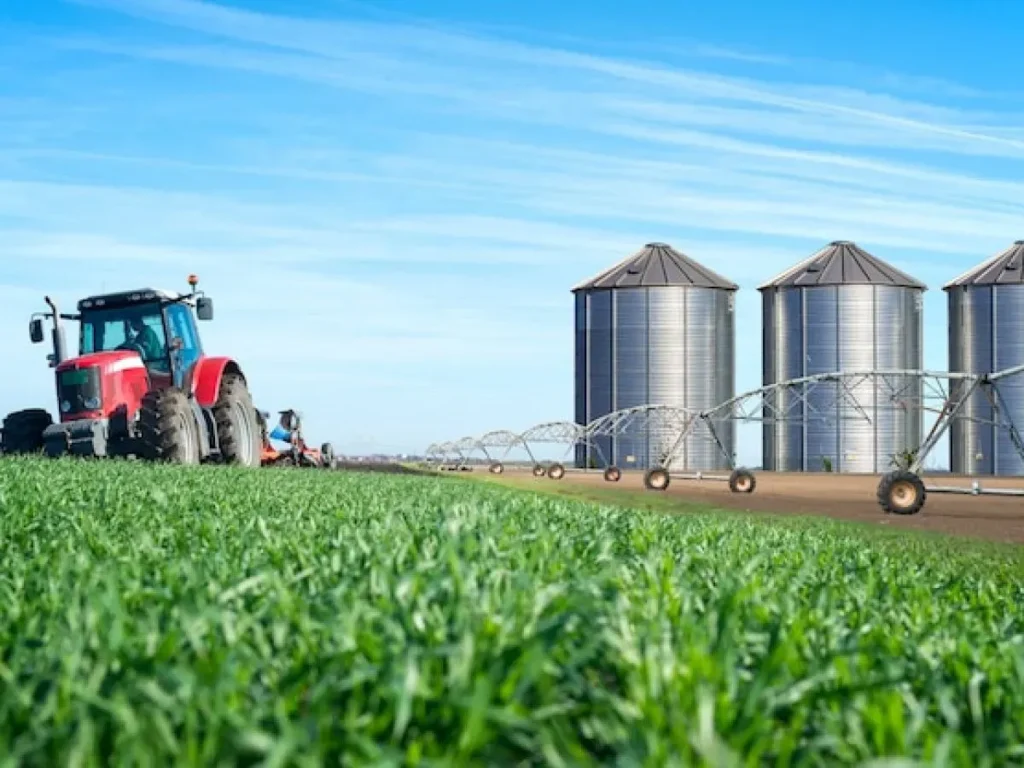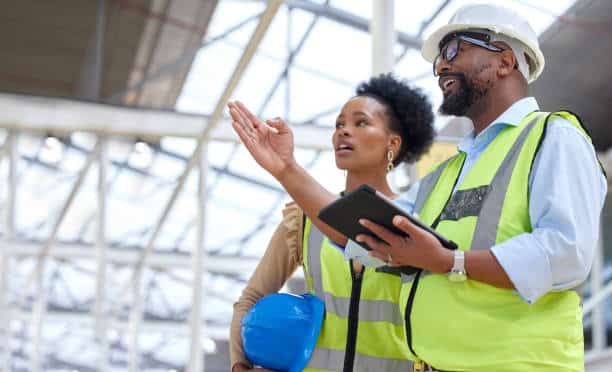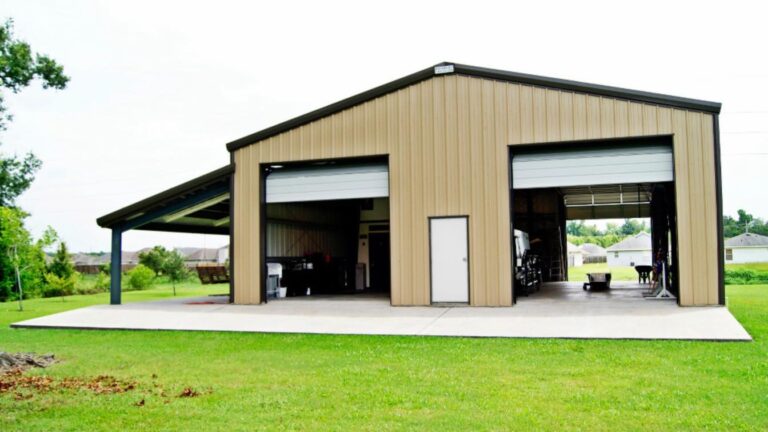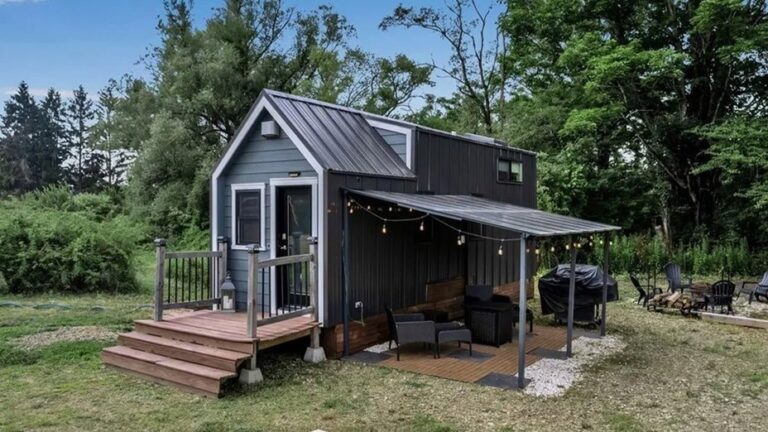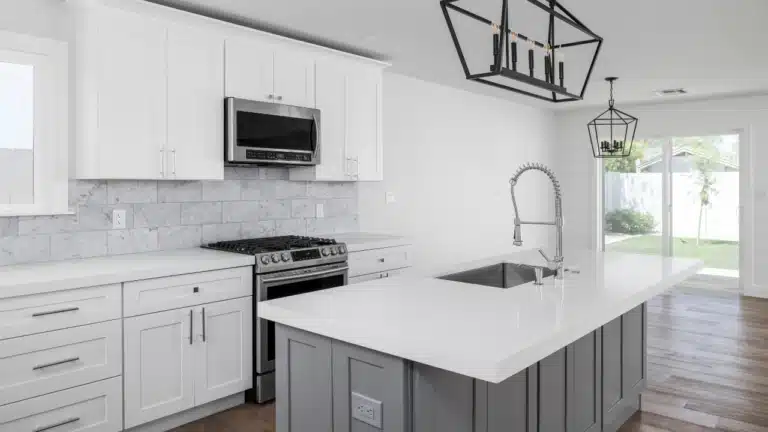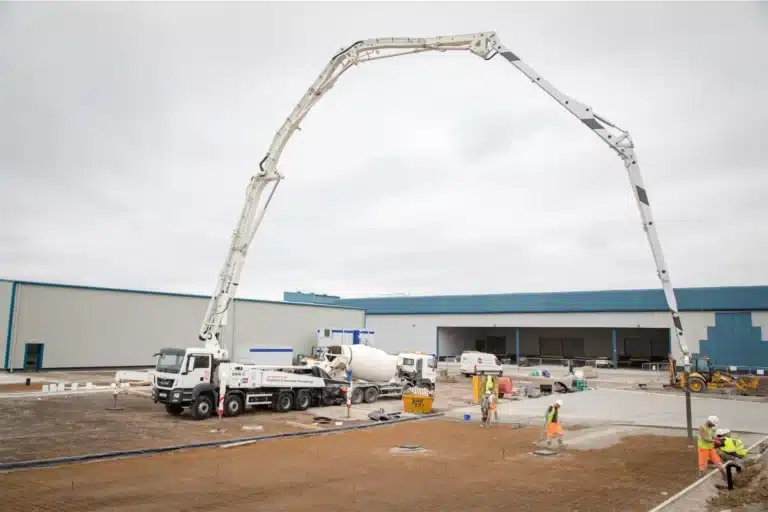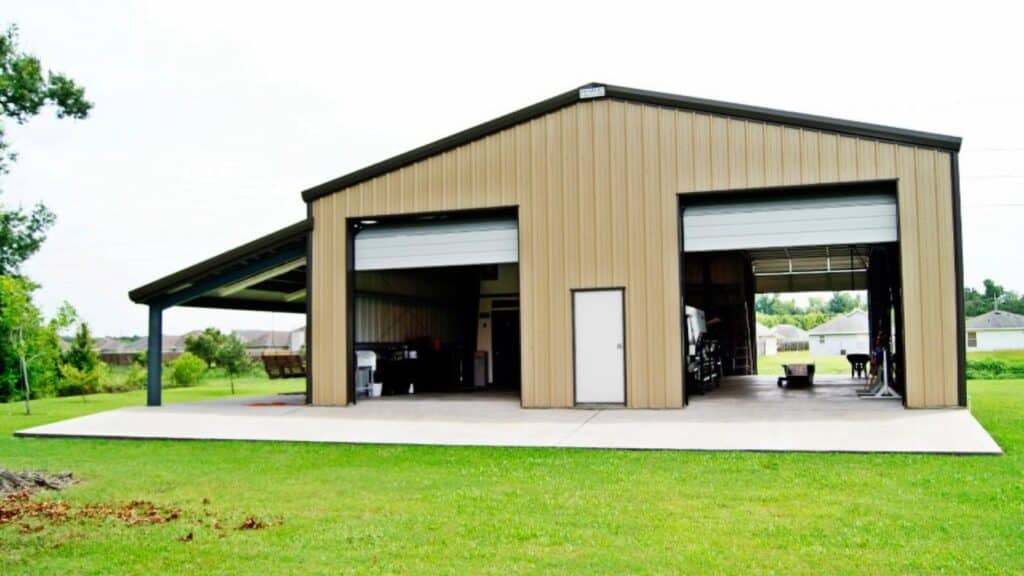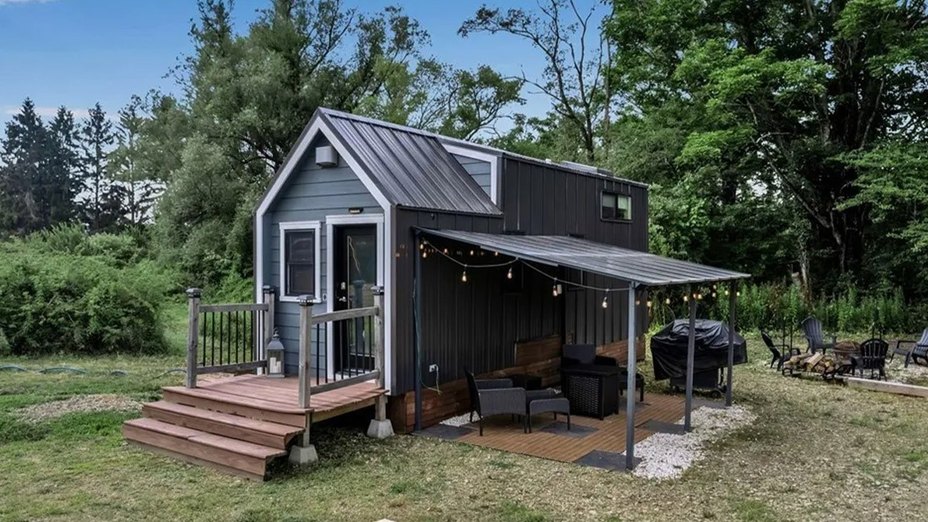Agriculture has always been a cornerstone of civilization, but its supporting structures have rarely been part of the sustainability conversation. Barns, storage sheds, equipment shelters — these essential buildings often go unnoticed, even as the global demand for more responsible farming practices grows. As the environmental impacts of traditional construction become harder to ignore, the industry is beginning to rethink not only how food is grown, but also where it’s stored, processed, and protected.
The shift toward eco-conscious farming doesn’t stop at the soil. It extends to the beams, frames, and foundations that hold up the physical backbone of agricultural operations. Farmers and landowners are exploring new materials and construction methods that reduce waste, last longer, and adapt to a changing climate. The evolution of farm infrastructure is a quiet but critical part of agriculture’s green transformation — one that deserves more attention.
Shifting Materials: From Wood to Metal in Farm Buildings
For generations, wood has been the default material for agricultural structures. It’s familiar, accessible, and relatively easy to work with, but it also comes with compromises. Wooden framing is vulnerable to rot, termites, and warping, particularly in areas with high moisture or temperature fluctuations. Over time, these vulnerabilities lead to ongoing maintenance and earlier replacement, both of which add to the material and energy burden of farming operations.
Modern builders are beginning to question whether this legacy approach can meet the demands of a more sustainable future. Increasingly, they’re turning to steel as a solution, especially in structural elements like framing and trusses. Choosing metal trusses for pole barns helps reduce long-term waste and minimizes the need for chemical treatments often used to preserve wood. Steel components also resist fire, pests, and moisture, making them more reliable over decades of use.
What makes this shift particularly significant is steel’s durability and role in circular construction. Steel is one of the most recycled materials in the world, and its structural integrity remains intact through repeated reuse. A well-built metal-framed barn isn’t a temporary fix—it represents a broader move toward building practices rooted in longevity and material responsibility.
Energy Efficiency and Modern Barn Design
Sustainability in farming isn’t limited to materials; it also involves how buildings perform daily. Agricultural structures, especially barns and storage facilities, can be surprisingly energy-intensive when poorly designed. Excessive heat, poor airflow, and inadequate insulation force farmers to rely on supplemental heating, cooling, or ventilation systems, which drive up energy use and operating costs.
Contemporary barn design is moving in a different direction. Passive design principles are being applied to reduce energy demand from the start. By optimizing ventilation patterns, maximizing natural light, and incorporating reflective or insulating roofing materials, newer farm buildings help maintain stable indoor environments with less mechanical intervention. These approaches are as practical as they are sustainable, supporting both animal welfare and energy savings.
In many cases, structural improvements like open-span metal trusses make it easier to implement these efficiency strategies. They allow for wider, more flexible interior layouts that can accommodate ventilation corridors, solar-ready rooftops, or thermal mass elements. When design and materials work together, the result is a smarter, more efficient agricultural space that aligns with long-term environmental goals.
Building for the Long Haul: Durability as Sustainability
One of the most overlooked aspects of sustainable design is durability. A structure that requires major repairs every few years or full replacement within a decade generates far more waste than one that remains structurally sound for generations. Balancing tight budgets with environmental responsibility, many farmers are finding that building for longevity is both practical and necessary.
That’s where durable materials like steel make a significant difference. Metal trusses and framing components maintain their strength under stress, resist corrosion when properly treated, and remain unaffected by pests or rot. Unlike wood, which can warp or degrade over time, well-constructed steel-framed barns continue to perform reliably even in harsh conditions. Fewer repairs and replacements mean lower emissions and less resource consumption over time.
Building once — and building well — supports a longer-term vision of sustainability in agriculture. This approach mirrors a broader shift toward integrating sustainability in modern construction, where durability, material efficiency, and environmental performance are treated as foundational design priorities.
Future-Proofing the Farm: Tech & Modular Design
The evolution of farm infrastructure isn’t limited to stronger materials. It also involves smarter systems and flexible design. Modular construction is gaining traction among farmers who need scalable, adaptable solutions that can evolve with changing operations. Prefabricated components, precision framing, and digital planning tools make the construction process more efficient, reducing both material waste and on-site disruptions.
These advancements go hand in hand with a broader push toward automation and environmental monitoring in agriculture. Buildings are increasingly equipped to support sensors, renewable energy systems, and climate control technologies that respond to changing conditions. A barn is no longer a static structure. It can function as an integrated part of a dynamic, environmentally responsible farm.
Designing agricultural spaces with long-term resilience in mind is also key to managing risk in a changing climate. According to the FAO’s insights on sustainable infrastructure for climate-smart agriculture, modular, durable, and resource-efficient infrastructure plays a central role in ensuring food systems can adapt to extreme weather and shifting environmental conditions.
Conclusion: Building Smarter for a Sustainable Future
As agriculture continues to evolve in response to environmental, economic, and social pressures, the spaces that support it must evolve as well. Infrastructure plays a vital role in how farms function in terms of productivity, resource use, and climate resilience.
Whether through the use of recyclable materials, passive energy design, or modular construction, today’s farm buildings can be more than functional. They can reflect a deeper commitment to responsible land stewardship. By rethinking what farm infrastructure can be, the agricultural sector has an opportunity to build not just for today, but for a future that values resilience, efficiency, and environmental care.


